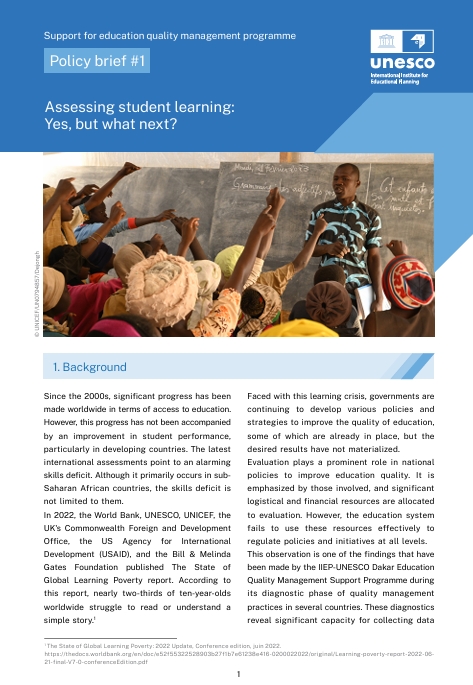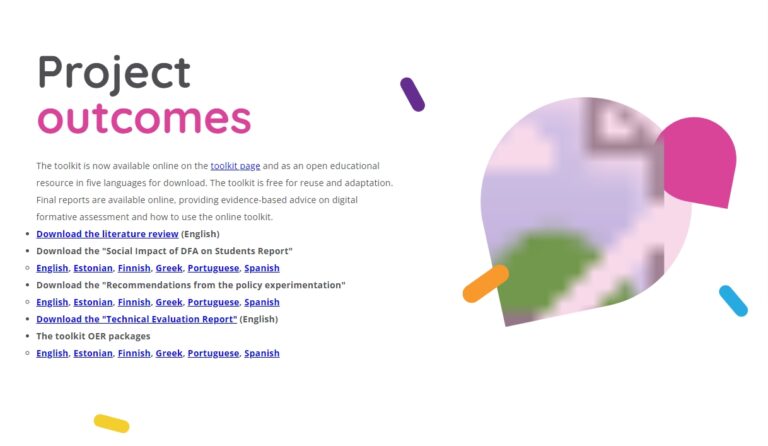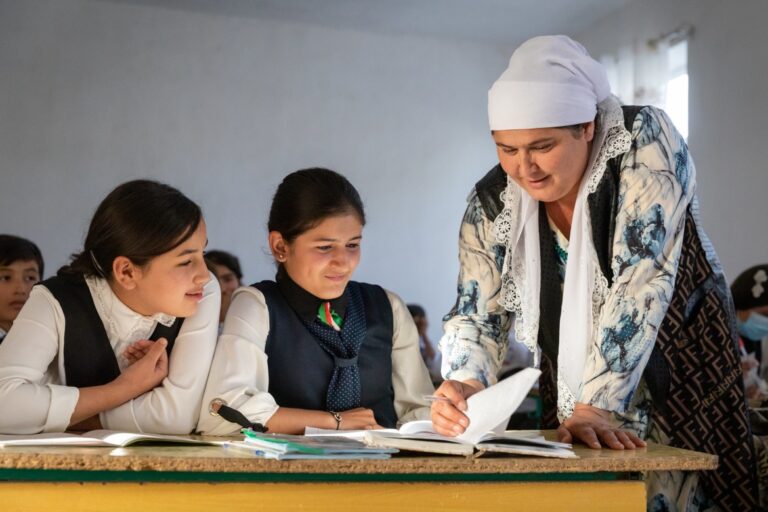Story Source: EdSurge ~ Go to Original Article
All the first graders in Jean Duran’s class at River Grove School outside Chicago knew the drill: when they were gathered on the multi-colored carpet at the front of the room, they had to pay strict attention to their teacher. Yet that could be a problem in the long, narrow classroom, where the carpet and white board were at one end and the projector and computer were wired into a corner 35 feet away.
“Envision teaching a math lesson to first graders,” says Duran. “I’m running from the carpet to change a slide or something, trying to be very animated, and saying, ‘Now stay with me, but look up at the screen.’ And they’re all looking at me back by my computer.” She had trained them to follow her voice, but her voice was running up and down the room………………………….………………….……………………..



